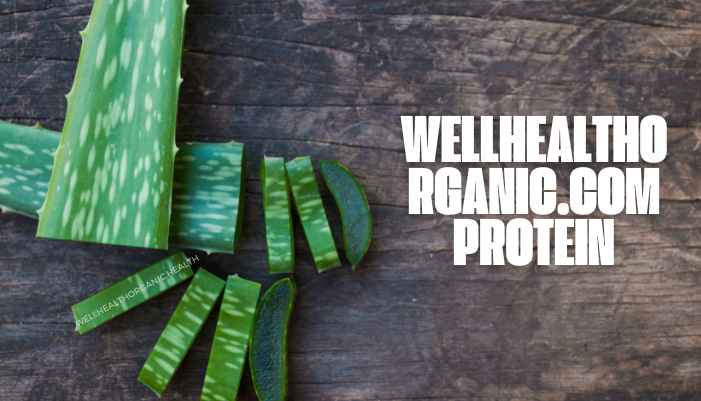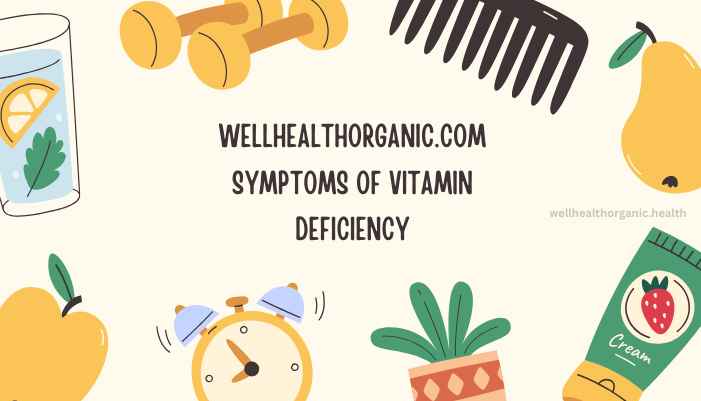Protein is a vital nutrient that plays an essential role in maintaining overall health and well-being. For vegetarians, finding diverse and sufficient protein sources can be a challenge. This guide explores the best vegetarian protein sources and how to incorporate them into your diet.
Why Protein Is Essential for a Healthy Diet

Protein is a building block of life. It helps your body grow, repair tissues, and produce essential enzymes and hormones. Understanding its importance can motivate you to prioritize it in your diet.
The Role of Protein in Supporting Vital Body Functions
Protein helps maintain muscle mass, supports immune function, and ensures proper cell function. It’s crucial for bone health and energy production, making it a cornerstone of a balanced diet.
Key Health Benefits of Adequate Protein Consumption
Getting enough protein can improve metabolism, aid in weight management, and promote healthier hair, skin, and nails. For vegetarians, it’s especially important to meet protein needs through diverse sources to maintain these benefits.
Overview of Protein-Rich Vegetarian Foods
A vegetarian diet is abundant with protein-rich options. From legumes to soy products, the variety ensures that vegetarians can meet their dietary requirements.
Exploring a Diverse Array of Vegetarian Proteins
Vegetarian proteins come from plants, dairy, and innovative substitutes. Including a mix of these in your diet guarantees a balanced intake of nutrients.
Categories and Nutritional Breakdown of Protein Sources
Vegetarian protein sources can be divided into legumes, nuts, seeds, grains, soy products, and dairy. Each offers unique nutritional benefits and culinary versatility.
Power-Packed Vegetarian Protein Categories
Legumes – The Foundation of Plant-Based Protein
Legumes are nutrient-dense and versatile. They include lentils, chickpeas, beans, and peas, which are excellent sources of protein and fiber.
Nutritional Value and Health Benefits of Legumes
Legumes are rich in protein, iron, and B vitamins. They help regulate blood sugar levels and promote digestive health.
Versatility in Culinary Uses
From soups and stews to salads and dips, legumes can be adapted to various cuisines. For example, chickpeas make an excellent hummus base, while lentils are perfect for hearty soups.
Nuts and Seeds – Small But Mighty

Nuts and seeds are compact sources of protein, healthy fats, and antioxidants. Almonds, walnuts, chia seeds, and flaxseeds are some of the best options.
Health Benefits and Nutritional Content
These small wonders are loaded with omega-3 fatty acids, magnesium, and protein. They support heart health, improve brain function, and boost energy levels.
How to Add Nuts and Seeds to Your Diet
Sprinkle them on oatmeal, blend into smoothies, or enjoy as a snack. They’re easy to incorporate into any meal.
Quinoa – A Complete Protein Grain
Quinoa is unique among grains because it contains all nine essential amino acids, making it a complete protein.
Why Quinoa is a Nutritional Superstar
Quinoa is gluten-free and packed with protein, fiber, iron, and magnesium. It’s ideal for people with dietary restrictions.
Easy Ways to Use Quinoa in Recipes
Use quinoa as a base for salads, pair it with roasted vegetables, or make a protein-packed breakfast bowl.
Soy Products – Tofu and Tempeh
Soy-based foods like tofu and tempeh are protein powerhouses for vegetarians.
Tofu: A Versatile Protein Choice
Tofu can be baked, stir-fried, or blended into smoothies. It absorbs flavors well, making it perfect for various dishes.
Tempeh: Benefits of Fermented Soy
Tempeh is a fermented soy product that’s rich in probiotics. It’s firmer than tofu and has a nutty flavor.
Innovative Plant-Based Protein Options
Seitan, Jackfruit, and Nutritional Yeast
- Seitan: Made from wheat gluten, seitan is a chewy, protein-rich meat substitute.
- Jackfruit: Often used as a meat replacement in dishes, jackfruit is low in protein but high in fiber.
- Nutritional Yeast: A savory, cheese-flavored protein source perfect for topping dishes.
Exploring Plant-Based Protein Powders
Protein powders made from pea, hemp, or brown rice provide a concentrated protein boost, ideal for shakes and smoothies.
Health and Environmental Advantages of Vegetarian Protein
Positive Impact on Personal Health
Switching to vegetarian proteins reduces cholesterol levels, improves digestion, and lowers the risk of chronic diseases.
Sustainability and Environmental Benefits
Plant-based proteins have a lower environmental footprint than animal-based options. They use less water and produce fewer greenhouse gases.
Tips to Add Vegetarian Proteins to Your Meals
Simple Steps to Incorporate Legumes, Nuts, and More
- Start by swapping meat with legumes in recipes.
- Add nuts and seeds to your breakfast or snacks.
Creative Recipe Ideas for Balanced Meals
- Make quinoa bowls with vegetables and tofu.
- Experiment with smoothies using plant-based protein powders.
Conclusion
Vegetarian protein sources are abundant, nutritious, and environmentally friendly. By incorporating a variety of options like legumes, quinoa, and soy, you can meet your protein needs and enjoy a balanced diet.
FAQs
What are the best vegetarian protein sources?
Legumes, quinoa, nuts, seeds, tofu, tempeh, and plant-based protein powders are excellent vegetarian protein sources.
Can vegetarians get enough protein without meat?
Yes, by consuming a mix of plant-based proteins, vegetarians can easily meet their daily protein requirements.
Is quinoa better than rice for protein?
Quinoa contains more protein and is a complete protein, while rice has less protein and lacks some essential amino acids.
Are nuts high in protein?
Yes, nuts like almonds and walnuts are good sources of protein and healthy fats, making them a great addition to a vegetarian diet.



